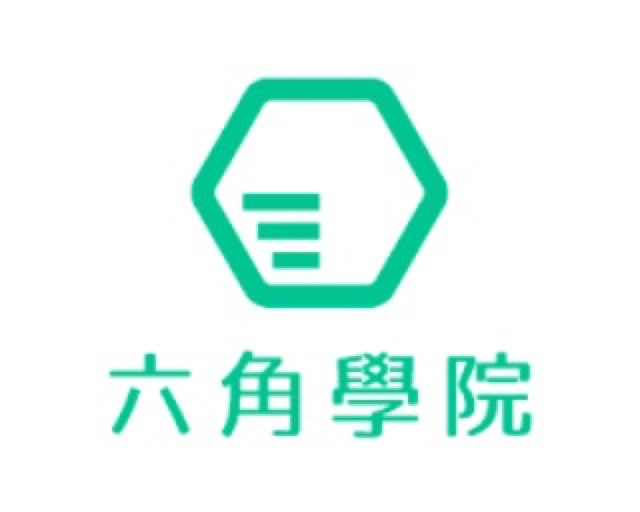近期正參加六角學院的 Node.js 2022 直播班,想說做個紀錄並當作複習之用。這邊筆記下如何使用 Swagger,並產出該文件給前端使用。
課程相關資訊
[連結]:https://www.hexschool.com/courses/nodejs.html
請注意:本系列文章為個人對應課程的消化吸收後,所整理出來的內容。換言之,並不一定會包含全部的課程內容,也有可能會添加其他資源來說明。
核心概念
1. 有文件比沒文件好很多,Swagger 僅是一直一種方式。沒有文件形同通靈。
2. 使用 swagger-ui-express 和 swagger-autogen ( 目前建議安裝 2.5.10 )
swagger-autogen
用來生成 swagger 所需的 json 檔
|
1 2 3 4 5 6 7 8 9 10 11 12 |
const swaggerAutogen = require('swagger-autogen')() // 關於這份文件相關的 swagger設定 const doc = { info: {title:"Meta API", description: "示範描述文件"}, host: "localhost:3000" // api 所在 host schemes: ['http','https'] // 預設僅啟用 http, 可以用陣列傳多組值 } const outputFile = './swagger-output.json' // 輸出路徑和檔名 const endpointFiles = ['./app.js'] // 路由進入點,像是 routes/index.js swaggerAutogen(outputFile, endpointFiles, doc) |
swagger-ui-express
在進入點中引入此程式和方才生成的 json 檔案,並使用 app.use () 引入相關檔案即可
swagger 的內容註解
介面上的 Parameter…等資訊,是藉由在 controller 內撰寫註解來達成的
|
1 2 3 4 5 6 7 8 9 10 11 12 13 14 15 16 17 |
/** * #swagger.tags = ['Posts'] * #swagger.description = '新增貼文' * #swagger.parameters['body'] = { in: 'body', type: 'object', description: '資料格式', schema:{ "$name": 'Name', "$content": 'This is content', "$userId": '627ca72879a62b5adf921bff', "$image": 'image' } } * * */ |
詳細的使用方式,可以上 swagger-autogen npm 來查詢

